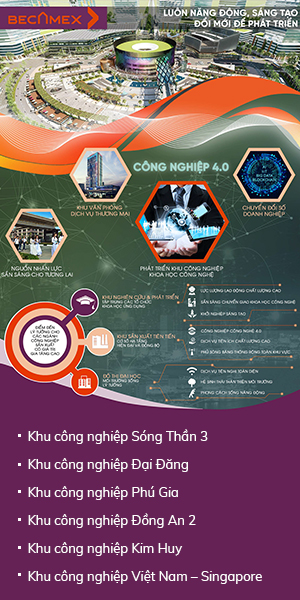Though estimable progress has been made towards achieving an AIDS-free generation of children, there is still more work to be done, high-level UN officials said here Tuesday.
These officials spoke at the launch of "Children and AIDS: Fifth Stocktaking Report 2010," an evaluation of progress towards preventing and treating AIDS in children authored by the UN Children's Fund (UNICEF) in conjunction with other UN agencies.
Anthony Lake, executive director of UNICEF, explained that the statistics on children and AIDS have improved in recent years. He said that compared to rates in 2005, five times as many HIV positive children now receive anti-retroviral (ARV) treatment and while in 2005 only two in 10 pregnant HIV positive women from low and middle income countries received ARV treatment, in 2010 over half do.
"This is all good news and it is proof that progress is possible," Lake said. "But everyday nearly 1,000 babies in sub-Saharan Africa are infected with the HIV virus through mother-to- child transmission. The majority will not receive treatment and without it, half of them will die before they reach their second birthdays."
The report asserts that efforts to mitigate HIV/AIDS and increase treatment will benefit from an approach that focuses on the most vulnerable people.
"For too long development experts have believed that the costs of reaching the poorest families outweigh the benefits but the opposite is true," said Lake. "An equity focus concentrating health investments on the poorest people and the hardest to reach places is highly cost-effective, and by definition we cannot achieve an HIV and AIDS-free generation without working in these hardest to reach areas."
(VietNamNet/Xinhuanet)


























